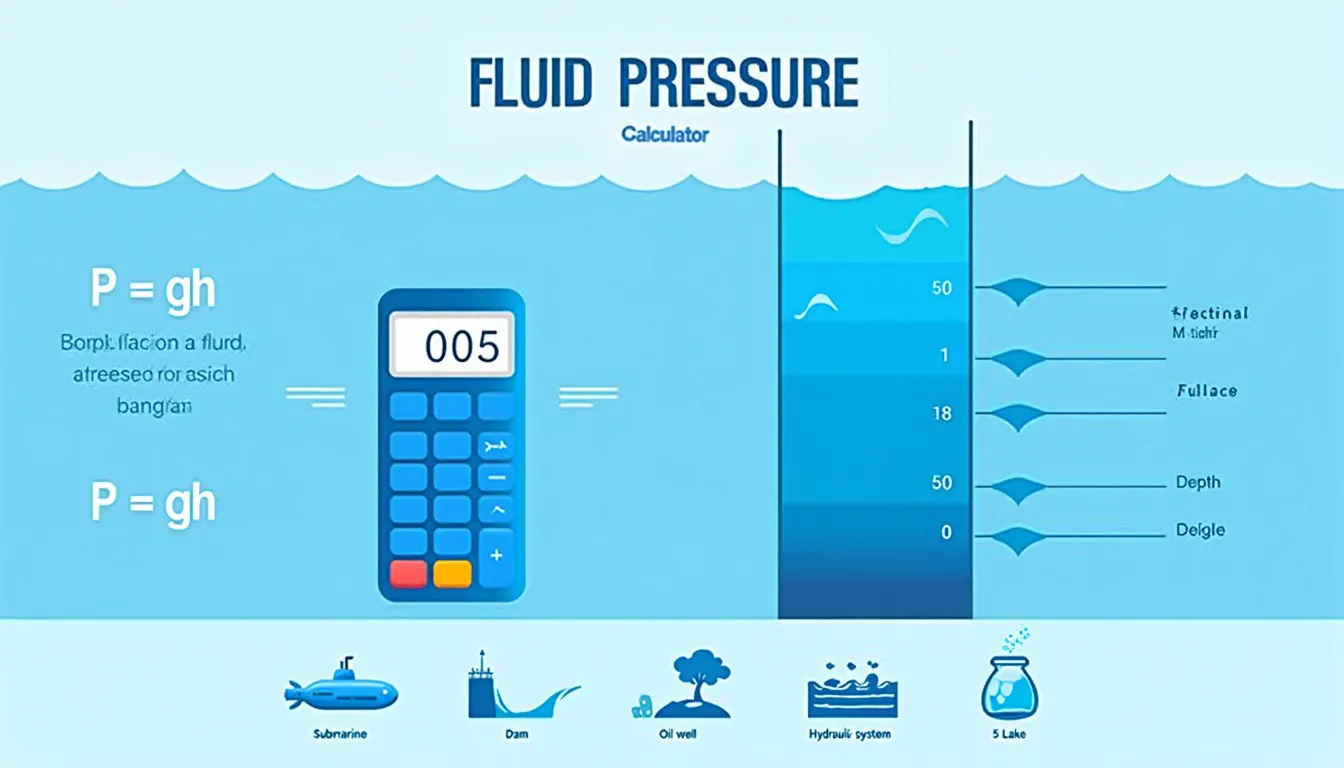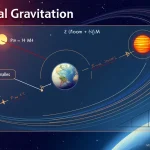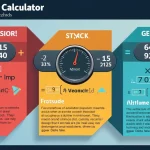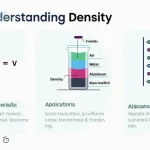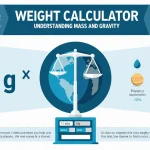Fluid Pressure Calculator
Is this tool helpful?
How to use the tool
- Fluid density (ρ) – Type the fluid’s density in kg/m³. Example A: 997 kg/m³ (pure water). Example B: 1 050 kg/m³ (brackish water).
- Depth (h) – Enter the vertical distance below the free surface in metres. Example A: 10 m. Example B: 450 m.
- Gravitational field (g) – Provide local acceleration due to gravity in m/s². Example A: 9.81 m/s² (Earth average). Example B: 1.62 m/s² (Moon).
- Press Calculate to display pressure in Pascals (Pa).
Formula used
Hydrostatic pressure is found with:
$$P = rac{\rho \, g \, h}{}$$
Worked examples
- Seawater pier check ρ = 1 025 kg/m³, h = 10 m, g = 9.81 m/s² $$P = 1 025 \times 9.81 \times 10 = 100\,552 \text{ Pa}$$ ≈ 100.6 kPa.
- Hydraulic tank test ρ = 950 kg/m³, h = 2.5 m, g = 9.81 m/s² $$P = 950 \times 9.81 \times 2.5 = 23\,299 \text{ Pa}$$ ≈ 23.3 kPa.
Quick-Facts
- Typical seawater density: 1 025 kg/m³ (NOAA Ocean Facts, 2021).
- Standard gravity: 9.80665 m/s² (BIPM, “SI Brochure” 2019).
- 1 bar equals: 100 000 Pa (NIST, “Pressure Units”).
- Average ocean depth: 3 688 m (NOAA, “Ocean Exploration Facts”, 2022).
FAQ
What is hydrostatic pressure?
Hydrostatic pressure is the normal force per unit area exerted by a fluid at rest; it rises linearly with depth because of the weight of the overlying fluid column (Munson et al., 2021).
Why does the tool ask for gravity?
Gravity affects fluid weight. Lower gravity on the Moon (1.62 m/s²) yields about six-times lower pressure than the same depth on Earth (NASA, 2020).
Can I switch to bar or psi?
Yes. Divide Pascals by 100 000 for bar or by 6 894.76 for psi (NIST, “Pressure Units”).
Does temperature matter?
Temperature changes fluid density; seawater density drops ~0.2 % per °C rise (UNESCO, 1981). Adjust ρ for high-precision work.
Is the formula valid for gases?
Only for static, incompressible columns. Gas density changes with depth, so use gas-specific equations for tall columns (ASHRAE Handbook, 2021).
How deep until seawater reaches 1 MPa?
At ρ = 1 025 kg/m³ and g = 9.81 m/s², 1 MPa occurs near 99 m depth. “Every 10 m adds roughly 0.1 MPa” (DNV GL, 2020).
What safety factor should engineers apply?
Marine codes recommend ≥1.5 on calculated pressure for structural elements (ABS Rules, 2022).
Why does pressure not depend on container shape?
Pressure at a point depends solely on depth, density, and gravity, not on vessel geometry—a principle known as Pascal’s law (Pascal, 1663).
Important Disclaimer
The calculations, results, and content provided by our tools are not guaranteed to be accurate, complete, or reliable. Users are responsible for verifying and interpreting the results. Our content and tools may contain errors, biases, or inconsistencies. We reserve the right to save inputs and outputs from our tools for the purposes of error debugging, bias identification, and performance improvement. External companies providing AI models used in our tools may also save and process data in accordance with their own policies. By using our tools, you consent to this data collection and processing. We reserve the right to limit the usage of our tools based on current usability factors. By using our tools, you acknowledge that you have read, understood, and agreed to this disclaimer. You accept the inherent risks and limitations associated with the use of our tools and services.
